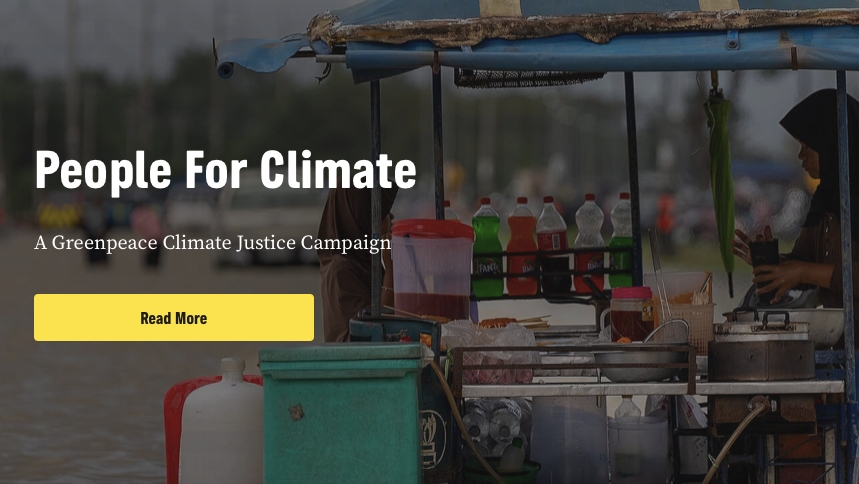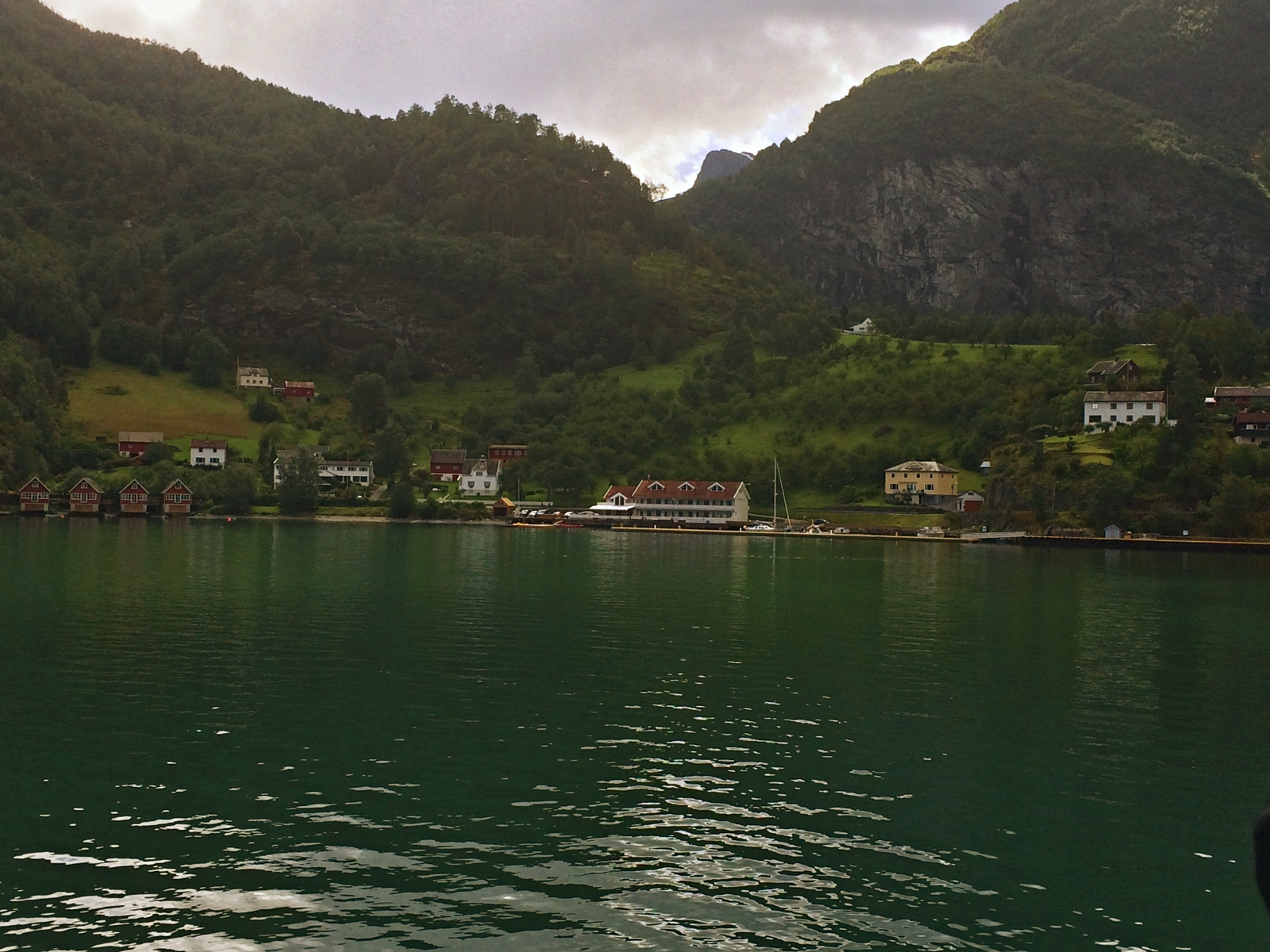Greenpeace India Launches Campaign Demanding Climate Justice
Chennai: In an effort to engage with the issue of extreme impact of climate change on marginalised communities, Greenpeace launched People For Climate – a climate justice campaign. With exhibits of real life articles destroyed by extreme weather events, to art installations, a photo exhibition, VR film and roundtable discussions People For Climate highlights the urgent need to move beyond reducing climate disasters to only numbers and dramatic headlines.

Greenpeace’s Museum of Memories serves as a distressing reminder of the human cost of the climate crisis. Featuring 26 exhibits of everyday items, that individually tell stories of loss, resilience and hope in the face of increasingly frequent extreme weather events, the museum aims evokes a sense of urgency, demanding accountability from policy makers, big polluters and the collective society.
As part of this initiative, a roundtable session, expertly moderated by Climate Strategist Ruhie Kumar and Environmental Lawyer Vetri Selvan focussed on two main aspects of the campaign – the direct experiences of communities and the role of policies in addressing climate challenges. Community representatives, climate change experts, journalists and civil society groups actively participated, providing valuable insights that contribute depth and direction to the climate justice movement.
Some of the participants at first roundtable discussion included Shankar Halder, from Mukti Foundation in Sundarbans, Sindhu Napoleon, from Coastal Students Cultural Forum in Thiruvananthapuram; Ajay Kumar a Dalit activist from Kerala; Palani Kumar a renowned photographer and his students Sugandhi, Poongodi, Pratima, Nandini, Benisha from Citizen Consumer and Civic Action Group, Sebastiao Anthony from the National Platform For Smallscale fish workers; Gopinath Parayil, Activist specializing in Kerala flood recovery and Amruta SN, Climate and Energy campaigner, Greenpeace India
The roundtable discussion on the role of the state in achieving climate justice saw noted names like Sunder Rajan from Poovulagin Nanbargal; Soumya Dutta a Climate Activist who has worked in the space for over 30 years, Harjit Singh, IPCC author and climate expert; Benisha from Chennai Climate Action Group; Sandeep Minhas from Environics Trust (Himachal); Independent Journalist Smitha TK presenting their views, shedding light on the urgent need for comprehensive climate action.
Sindhu Napoleon from Coastal Students Cultural Forum in Thiruvananthapuram said, “I can’t get myself to talk about our experience with cyclone Okhi here. It makes me very emotional. It’s difficult to reimagine the experience when the cyclone made landfall. And now the occurrences of such extreme disasters have increased in the northern coast of Kerala. My father is a fisherman and in the last two months has only been able to work 5 days. Can you imagine how a fisherman, whose only source of livelihood depends on the catch of the day, will survive if he is only able to go fishing 5 out of 60 days.
“It is high time we stop viewing these extreme weather events in isolation and look at them as a sign of a larger, deeper problem at hand – The Climate Crisis. Understanding the interrelation of these events is crucial for addressing the root cause and implementing comprehensive solutions to mitigate the impacts of climate change.” stated, Amruta SN, Climate Campaigner, Greenpeace
The People For Climate campaign kick-off is all about bring the voices of the marginalised communities to the forefront to demand effective climate solutions and just transition. India and the global South Asian region is one of the most vulnerable to climate change. Data shows that more than half of South Asians, 750 million people, have faced one or more extreme weather events in the last two decades. In fact according to India’s Atlas On Weather Events, we experienced extreme weather events on 235 of the 273 days from January 1 to September 30, 2023, which claimed 2,923 lives and affected 1.84 million hectares (ha) crop area.



